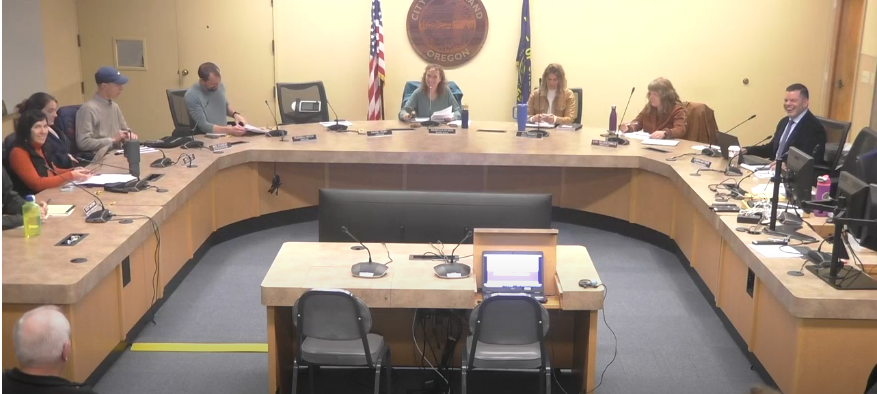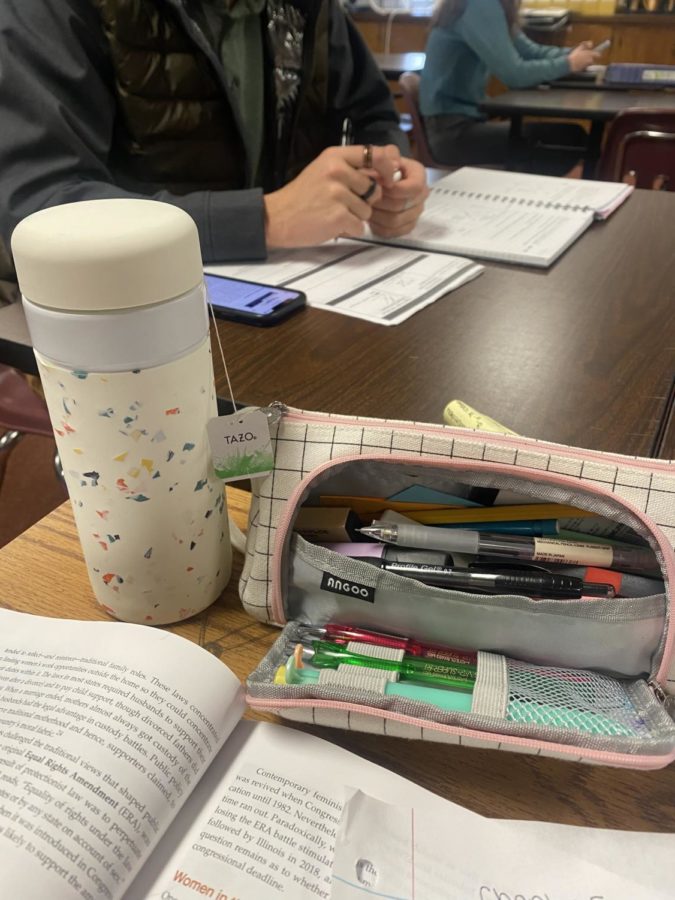

 Coin tosses, a perennial technique for generating random outcomes, are now under question. Researchers at the University of British Columbia in Vancouver, Canada asked 13 medical students to flip a coin 300 times and try to influence the way it landed. The results were shocking: with just two minutes’ practice, the students could make the coin land on the side they chose on average 54 per cent of the time. Seven of the 13 came up with “significantly more heads” than tails. One of the participants achieved heads 68 per cent of the time. According to leading researcher there are many techniques that can be used to influence the result of a coin toss.
Coin tosses, a perennial technique for generating random outcomes, are now under question. Researchers at the University of British Columbia in Vancouver, Canada asked 13 medical students to flip a coin 300 times and try to influence the way it landed. The results were shocking: with just two minutes’ practice, the students could make the coin land on the side they chose on average 54 per cent of the time. Seven of the 13 came up with “significantly more heads” than tails. One of the participants achieved heads 68 per cent of the time. According to leading researcher there are many techniques that can be used to influence the result of a coin toss.
The side of the coin which is uppermost before it is flipped is marginally more likely to land facing upwards, they found. The disk does not spin symmetrically in flight, but rather tips towards the side beginning up. The biggest influences on which side the coin lands are the height, the angle of launch and the catch. By practicing to gain consistency, the tosser can have an effect on the outcome.
“If you try to toss the coin the same way each time you should be able to make the outcome significantly different than 50-50.” Mr Clark, a lead researcher on the project, added, “The findings of my research show, to statistical significance, that it is easy to manipulate the toss of a coin.”


















MapMan • Dec 9, 2010 at 5:46 pm
Kool article. Makes me want to practice coin flips if I was a sports captain!